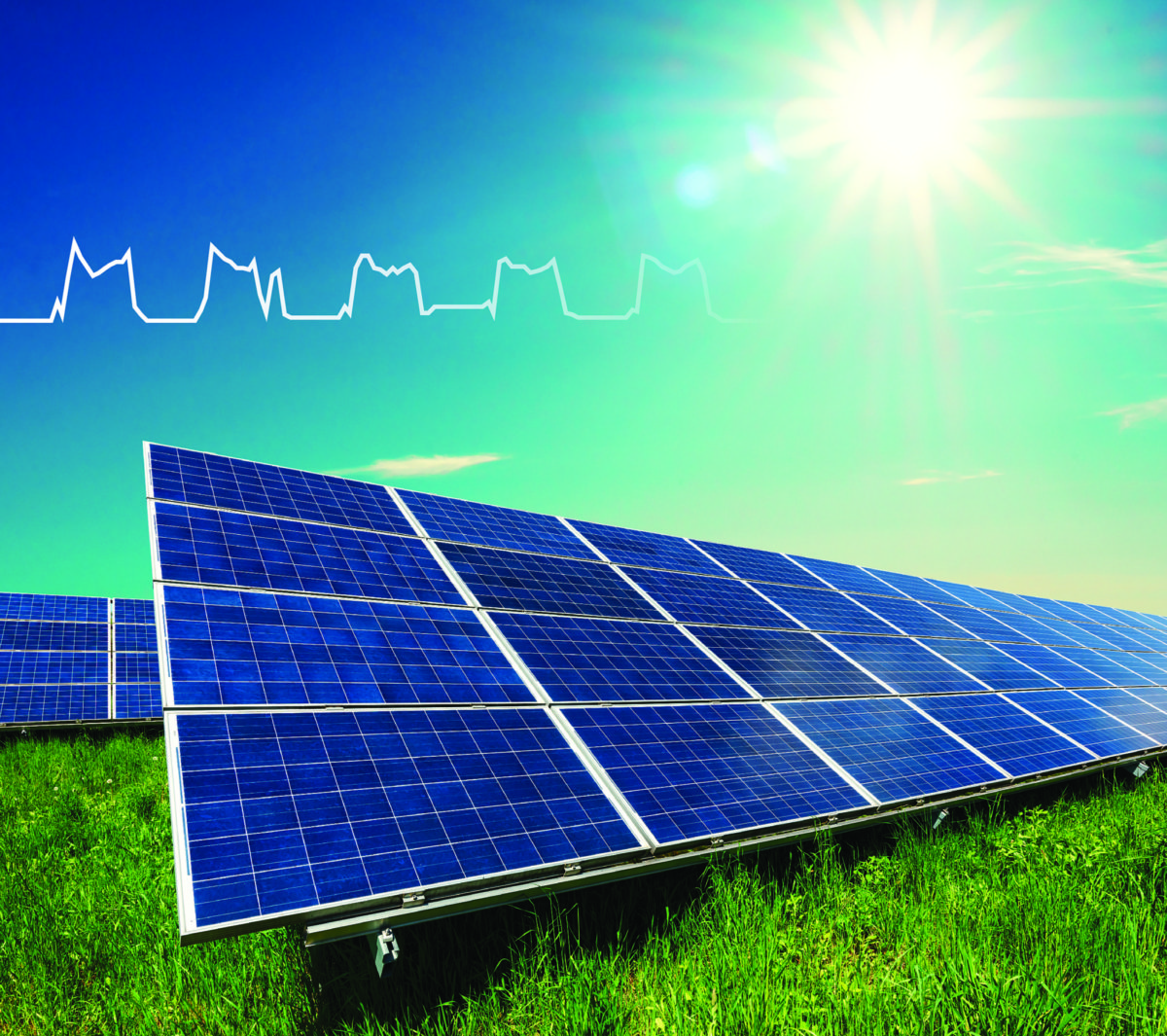From pv magazine International
Spanish scientists claim to have created a new, two-dimensional material which can reduce heat in electronic devices which suffer critical heating during operation, such as solar modules.
The paper A Self-Assembled 2D Thermofunctional Material for Radiative Cooling, published in Small, describes the material as an inexpensive solution made of a single layer of silica microspheres self‐assembled on a soda‐lime glass. The material, developed by researchers from the Catalan Institute of Nanoscience and Nanotechnology and the Instituto de Ciencia de Materiales de Madrid, is said to significantly reduce heat as it cools the surface on which it is placed. The cooling occurs, the scientists say, without energy consumption or gas emissions.
The researchers claim their translucent thermal emitter has enabled them to reduce the daytime temperature of a silicon wafer by around 14 degrees Celsius and added, the reduction can reach 19 degrees Celsius if the structure of the material is backed with a silver layer. According to the scientists, the emissivity of the single-layer colloidal structure of the material, and its radiative cooling power, can also be increased by using an f-SiO2 (silicon dioxide) bulk substrate.
Without the new material, such cooling tops out at 5 degrees Celsius, according to the scientists who developed it. “The cooling power of this simple radiative cooler under direct sunlight is found to be 350 W/m−2 when applied to hot surfaces with relative temperatures of 50 K above the ambient,” states the paper.
How does radiative cooling work?
Radiative cooling is the principle all objects on Earth tend to emit part of the heat they receive from the sun’s infrared radiation. The atmosphere pushes that heat back to Earth, except for infrared wavelengths, which can escape the atmosphere. What the scientists claim to have created is a material that emits infrared wavelengths.
“The sand grains in deserts are among the major contributors to this phenomenon, which keeps the average temperature of our planet stable as long as we do not consider human activities,” the Spanish team said.
Research into radiative cooling of solar cells has increased in recent years. A recent study on the matter stated investigating the effect of enhanced radiative cooling on solar cells used in commercial PV was imperative. Its authors said, however, such studies had produced little return to date. “Simulation results revealed that the solar cell temperature could only be reduced by 1.75 K even in the ideal case,” they said.
This content is protected by copyright and may not be reused. If you want to cooperate with us and would like to reuse some of our content, please contact: editors@pv-magazine.com.









By submitting this form you agree to pv magazine using your data for the purposes of publishing your comment.
Your personal data will only be disclosed or otherwise transmitted to third parties for the purposes of spam filtering or if this is necessary for technical maintenance of the website. Any other transfer to third parties will not take place unless this is justified on the basis of applicable data protection regulations or if pv magazine is legally obliged to do so.
You may revoke this consent at any time with effect for the future, in which case your personal data will be deleted immediately. Otherwise, your data will be deleted if pv magazine has processed your request or the purpose of data storage is fulfilled.
Further information on data privacy can be found in our Data Protection Policy.